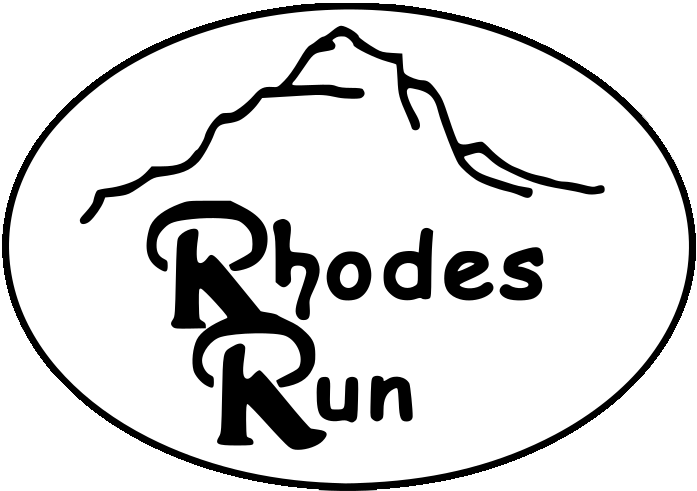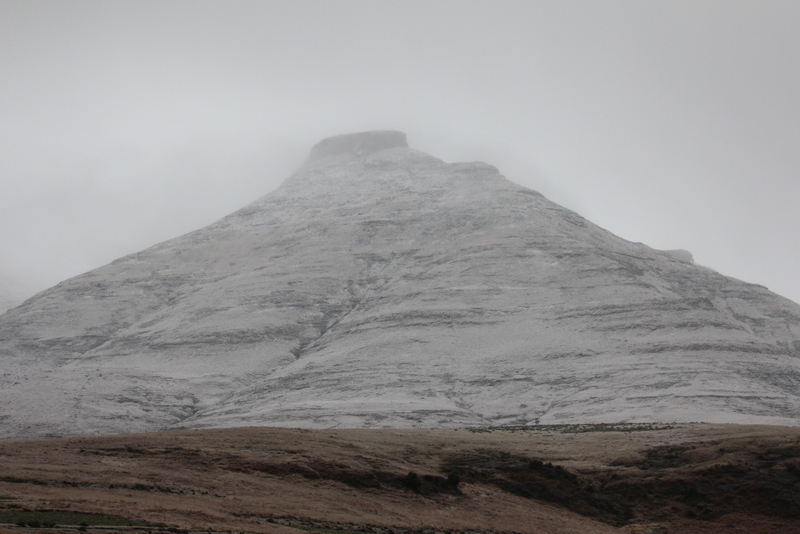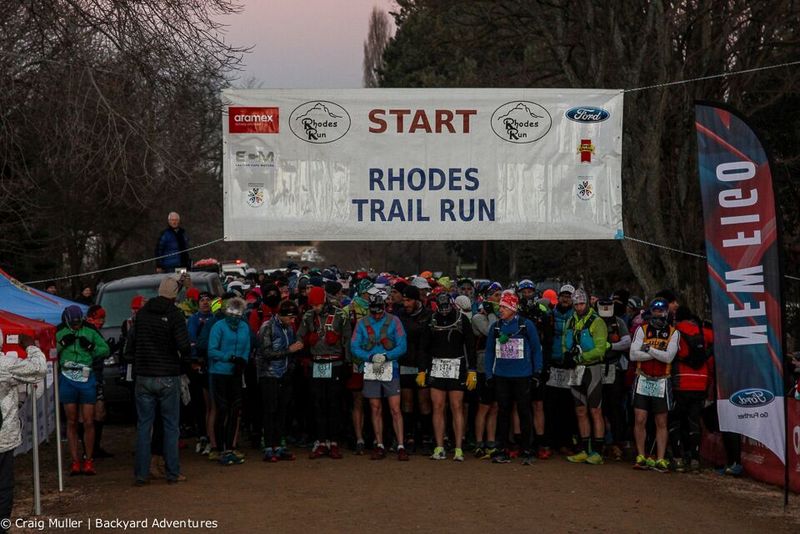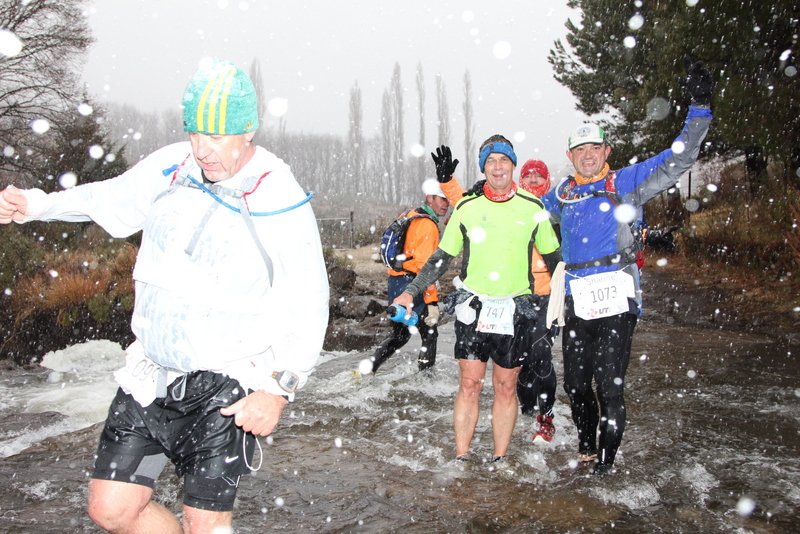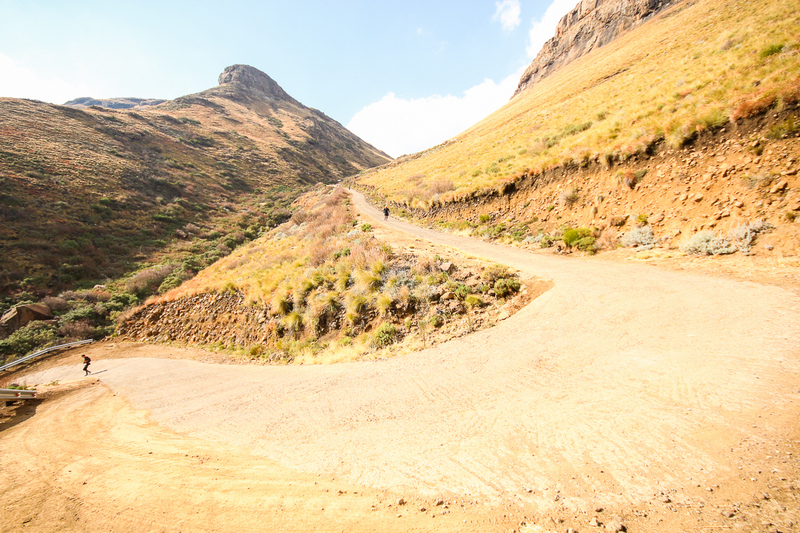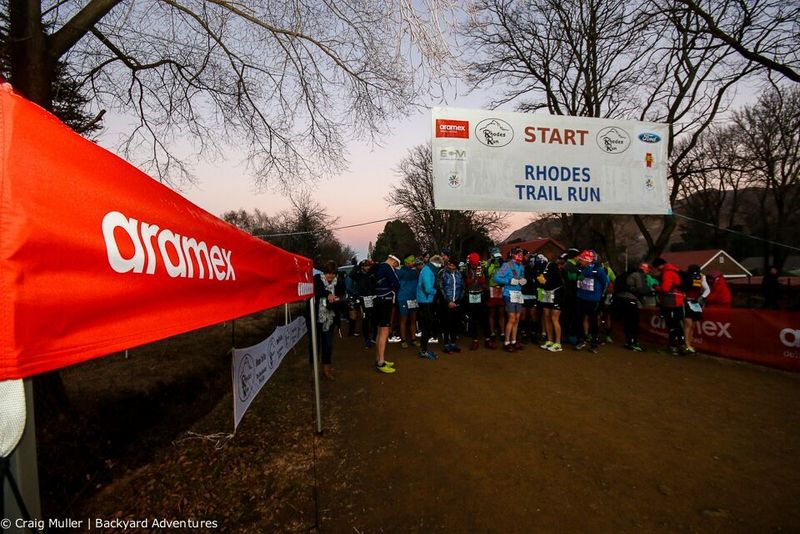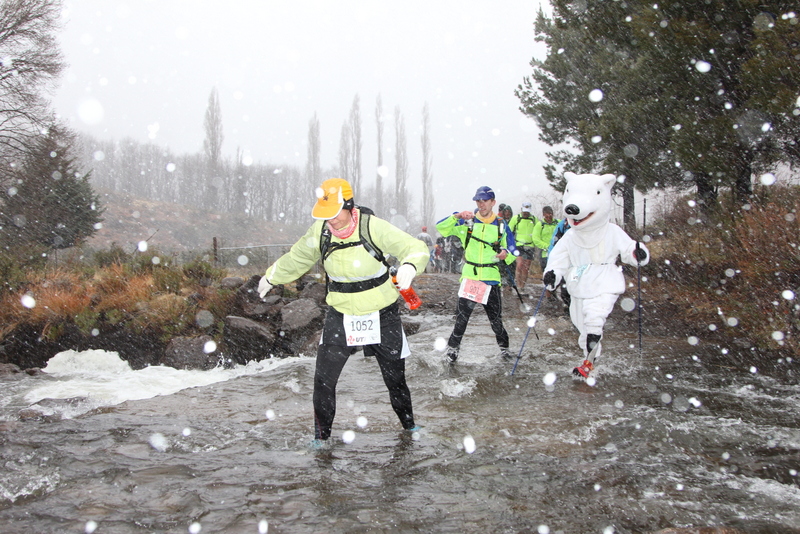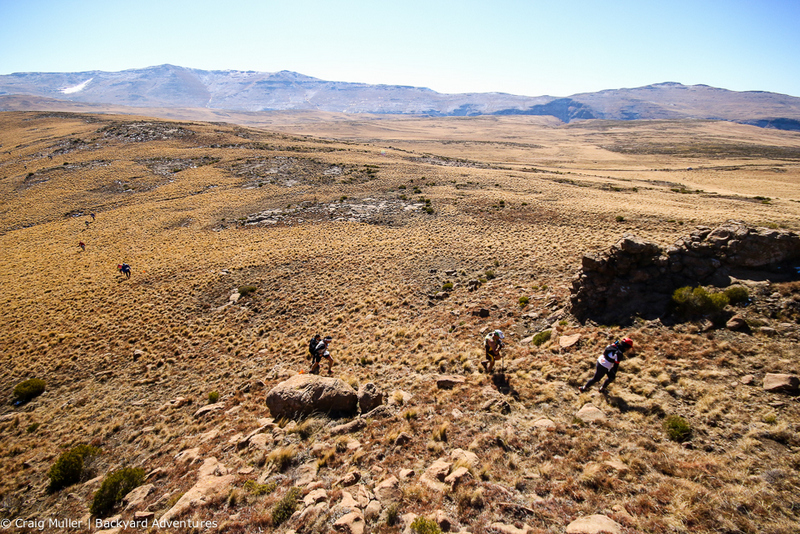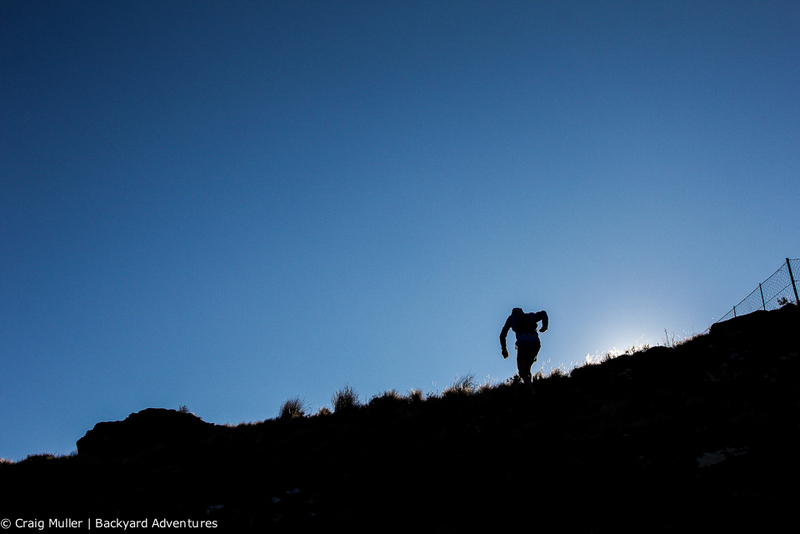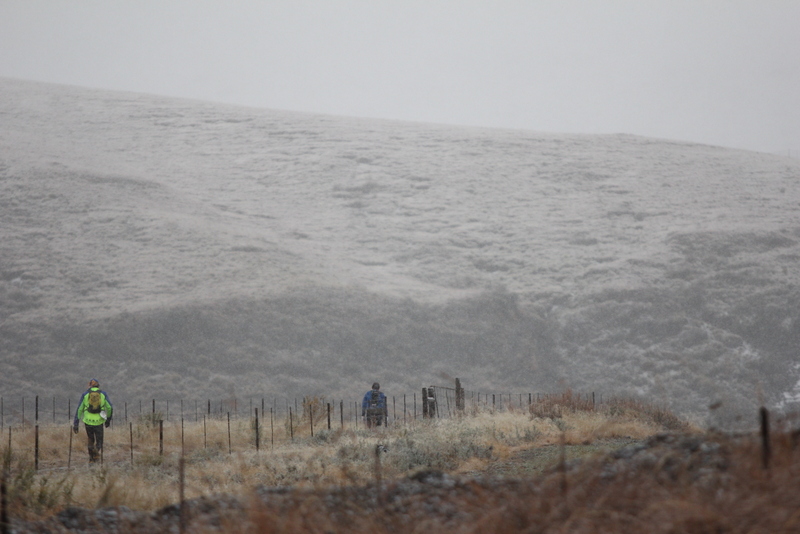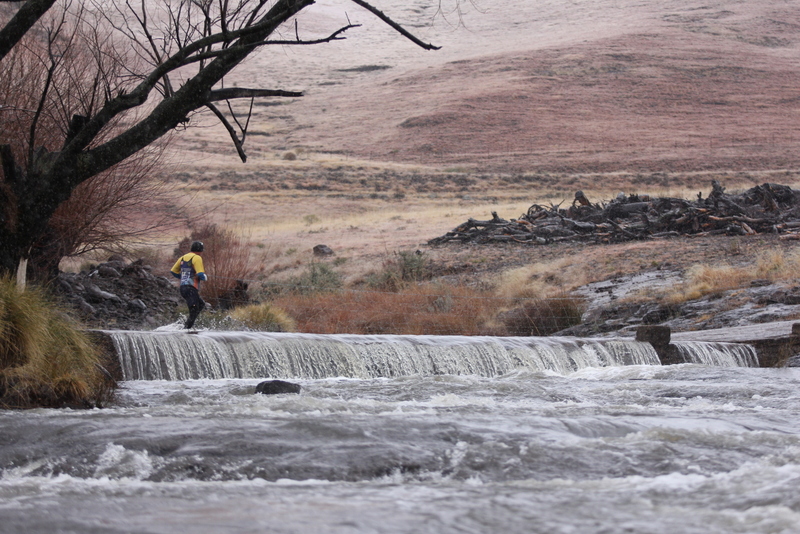Do It Now magazine - June/July 2012 issue
Thin Air, Big Sky, Snow and Ice
The khakibos was twisted into harsh pretzel shapes as the dust devil pirouetted its dirty cloud through the village. ‘De Wydeman’, the historic pub in the Rhodes Hotel, created sanctity for a small group of farmers and ‘absentee landlords’ as they explored ways to keep the village alive.
Rhodes, a small Victorian-era village is nestled on the banks of the trout rich Bell River, deep in the southern Drakensberg, and is a remote, tar-free part of South Africa. In the mid 1980’s it was known only by a few dedicated fly fishermen and the remnants of the ‘hippie-era’ inhabitants. The challenge was to bring visitors to the village on a regular basis. The only time the village had been on a regular ‘tourist route’ was during the South African War when it was invaded 29 times between June 1901 and February 1902.
Saving the village of Rhodes from the death so many platteland towns had suffered was the creation of an iconic South African sports event, a trail run when trail runs were not only beyond the fringe but seen as bizarre intrusions in a running world then dominated by corporate relays and Comrades. Pioneering a new ‘sport’ was ambitious to say the least. Bravado no doubt fuelled by hours of careful planning in ‘De Wydeman’.
Who would have thought that 25 years later trail running would be mainstream and that there would be an eight-year waiting list to challenge the high altitude thin air, snow and frosty sub-zero temperatures of the Rhodes Trail Run. Race Director Evie Raubenheimer proudly points out that the trail run is Rhodes’ single biggest annual tourism contributor with every bed in the area, and in some cases even floor space, booked months, even years, in advance.
The UTi Rhodes Trail Run, ‘the breathtaking trail run’, has a limited by invitation only field, with a very effective substitution system. Evie says that while many runners keep coming back, each year about a third of the field are novices looking to have their first run in that strangest of things, African snow. In the true spirit of trail running there are no lucky draw, spot, position or financial prizes and other than a few floating trophies all runners are treated equally.
The village is woken on race morning by the pealing of church bells, and this pre-dawn tradition is one of the Race Director’s functions. It is common for the temperature at the start to be below zero, usually around -10°C. The route takes well-covered runners from Rhodes along the iced Bell River, over goat tracks through the rugged Kloppershoek kloof and ice-melt rivers, and up the legendary Mavis Bank, a lung searing climb of nearly a kilometer that in places has a 1:3 gradient. Runners touch the Lesotho border fence at Lesotho View (at 2680m the highest point on the run) as they run through the Ben MacDhui snowfields, before taking on the wind swept and trackless Hooggenoeg Ridge. Here some will catch sight of a mountain reebuck family or flush a covey of greywing francolin. From Hooggenoeg, the runners have the jarring descent of Carlislehoek en route to a very welcome return to the Farmer’s Hall in Rhodes.
The extreme conditions have brought on a few organisational challenges over the years. The first event in 1989 nearly did not happen as support vehicles battled through deep snow to reach the Lesotho Border check point. Heavy overnight snow in the village, with meters of snow on the trail, delayed the start in 2001. In 2002 exceptionally heavy snowfalls in the week leading up to the race forced a route change as vehicles were not able to reach the plateau and runners would not have been able to make their way through deep snow in the Kloppershoek kloof. The 21st birthday edition in 2009 again saw heavy snow force a route change. The Ben MacDhui snowfields were, well, snow-filled. The snow was so deep that support vehicles could not reach the Mavis Bank checkpoint and runners were diverted off Hooggenoeg Ridge as it was too thick to run through.
The run also has some unique traditions. For example, the Rhodes Trail Run Polar Bear Club™ sees those who have completed the run taking a late night dip in the Bell River, wearing only a silly grin and their birthday suits. Tradition has it that one has to crack the ice with your toe at the water’s edge to qualify as a true Rhodes Polar Bear. The Rhodes Trail Run Polar Bear Club™ shirts provide proud bragging rights. Another is runners have four-and-a-half hours to reach the Mavis Bank/Lesotho border check point at approximately 21km. Anyone arriving after that time is forced to abandon the run. The first runner to ‘miss the cut’ receives a specially embroidered blanket; a unique award every runner would like, but no one wants to receive.
An issue long and keenly debated by those camping over race weekend has been which is the most energy efficient method to generate internal body warmth the night prior to the run. The organisers caution use of these methods, especially extreme versions. Over the years the debate has narrowed down to scotch and sherry, while Glühwein is a total no-no, having been developed for Après-ski and not trail runners. A specialty of ‘Walkerbouts’ , a favoured post (and pre) race watering hole, is the ‘Rhodes Heater’, consisting of equal portions of sherry and rum.
Training for the event is also a challenge, but the Rhodes website offers a number of acclimatisation methods. One such technique is to fill a bath (about 6-8cm deep) with a combination of ice water and ice-blocks and, while wearing running kit, with a few ice-bricks strapped to your waist, run on the spot or just stand in the water for 30 minutes.
In July all roads lead to Rhodes as an enthusiastic, and warmly clad, group of rugged adventure racers converge from the USA, Swaziland, Botswana and every corner of South Africa for the 24th UTi Rhodes Trail Run.
